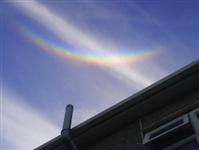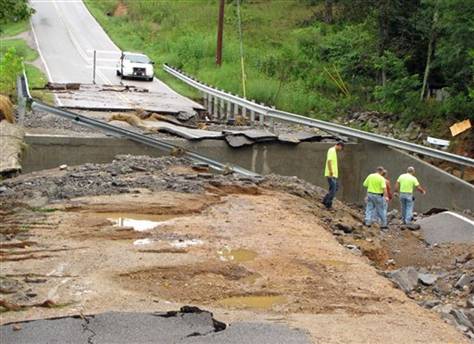
© Burton Mail
It appeared in the skies over East Staffordshire and left witnesses baffled.
The sight was so rare that few people in the UK have ever encountered one before.
What they saw was an anomaly of nature: the incredible spectacle of an upside down rainbow.
Wayne Burgess, who lives in Tutbury, spotted the remarkable sight when he was outside with his two young children during a regular, sunny afternoon on Monday.
What he did not expect to see while he was with his children was a meteorological event that rarely occurs away from the North and South Poles.
"I was playing in the garden with my children, Natalie and Zak, when my daughter said 'look at that rainbow'," he said.
"When we all looked up, to our amazement, we saw that it was upside down." The curved rays of light left Mr Burgess so dumbfounded that he photographed them using his mobile phone.


